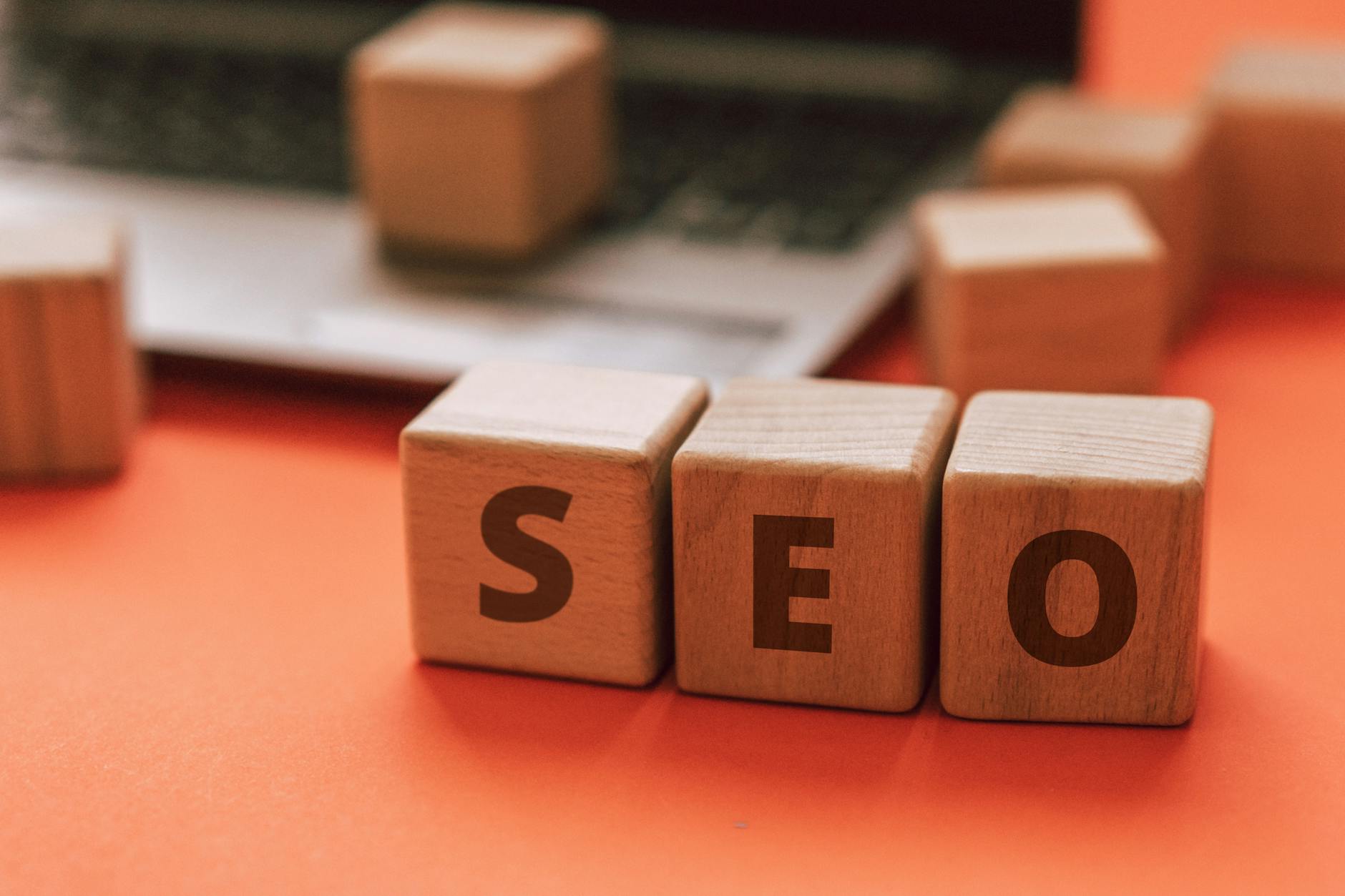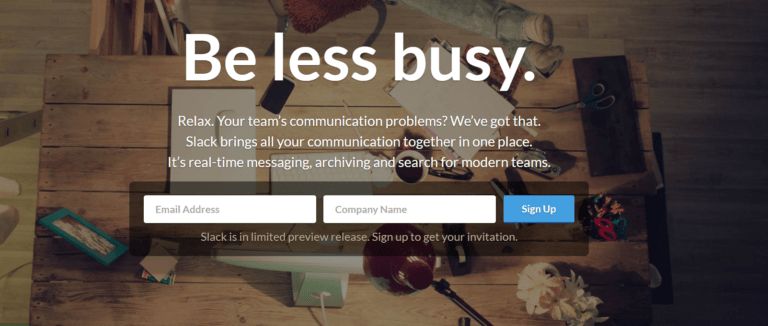I’m going to challenge something a lot of marketers believe: that shorter attention spans are the problem.
They’re not.
Buzzfeed built its entire business on quick hits and viral content. Millions of people watched their videos. Then they laid off most of their news team in 2023 because they couldn’t make money from all those views.
(Screenshots from Wall St. showing BuzzFeed’s decline. Source.)
Compare that to The Information. They charge $399 a year for business news. They have way fewer readers than BuzzFeed ever did. But they’re profitable because their readers care about what they publish.
BuzzFeed got lots of attention. The Information got valuable attention. Guess which one survived?
The “goldfish attention span” myth has led everyone to try to be more shocking. More immediate. More disruptive. But disruption isn’t attention, it’s just noise.
Real attention is when someone permits you to keep talking.
And that changes everything about how you should be marketing.
Why the Attention Economy Feels Impossible (And What Works)
Here’s the problem: You create great content, and it gets lost in the noise.
You see competitors getting huge reach with mediocre posts. You’re told to “just be consistent” while watching random TikToks go viral overnight.
It feels rigged because we’re all playing by the wrong rules.
The conventional way to look at it is: Attention is scarce → So let’s create more content → Then we fight harder for attention → Winner takes all.
But that’s an arms race we all can’t win. There’s always someone willing to be more outrageous, post more often or spend more on ads.
Here’s what works: Good attention from fewer people beats scattered attention from everyone.
The Permission vs. Interruption Framework
The last time you bought something online, probably wasn’t because of an ad that interrupted what you were doing.
Take Patagonia. They could run ads about technical fabric features or eco-friendly manufacturing. Instead, they publish stories about environmental activism and tell customers not to buy their jackets unless they really need them.
This loses them attention from people who just want cheap outdoor gear. But it gains them intense loyalty from customers who care about environmental issues. These customers pay full price, rarely return items and become walking advertisements for the brand.
Compare that to fast fashion brands that interrupt you with “50% off everything” ads. They get immediate attention and quick sales. But their customers have no loyalty and will switch brands for a better deal tomorrow.
Patagonia earns permission to keep talking. Fast fashion brands have to keep interrupting louder and louder to get noticed.
The Compound Attention Effect
Attention is different from other marketing metrics. Most things are better. More traffic, more clicks, more impressions.
But attention compounds. One person who pays attention to your stuff is worth way more than 100 people who barely notice it.
Here’s why: People who pay real attention to you tell their friends. They come back. They buy more stuff. They stick around longer.
Netflix figured this out early. They don’t optimize for “most people watching for 30 seconds.” They optimize for “people who binge entire seasons.” Those viewers are way more valuable customers.
The Real Attention Winners (And What They Do Differently)
Let me show you some companies that cracked the attention code, not by being louder, but by being more relevant to the right people.
Case Study 1: Gong
Here’s what Gong does: they make software that records and analyses sales calls.
One of the things we can learn from Gong is that instead of just talking about their product features, they started publishing research about the details of sales conversations.
Here are the things they did:
- They analyzed customer interactions to deliver insights that matter.
- They published research with the revenue intelligence platform they founded
- Used machine learning to identify topics and patterns in sales calls
- Built tools that let sales teams make decisions based on data, not opinions
Why this mattered/matters: Sales needs fewer opinions and more data that matter. Gong gave them insights nobody else could provide by analyzing actual sales conversations.
Case Study 2: Morning Brew’s Daily Habit
Morning Brew solved a simple problem: business news was either boring or overwhelming. So they made it quick and fun.
Here’s their system:
- Send one email every day at 6 am
- Keep it to 5 minutes of reading
- Write like your smart friend explaining business news over coffee
- Same structure every time: market updates, main story, fun fact
This simple approach got them serious results:
- 45% open rates (most business newsletters get 21%)
- 4 million subscribers
- Sold for $75 million
Morning Brew didn’t just get attention. They became part of people’s morning routine. Skipping their email feels like skipping coffee.
How to Build Better Attention (Not More Attention)
Here’s how to shift from chasing everyone’s attention to earning the right people’s attention:
Step 1: Find Your Real Audience
Most companies try to get attention from “potential customers”. That’s too broad.
You need to find people who:
- Have the problem you solve
- Know they have the problem
- Can pay to fix it
- Are looking for solutions right now
Design for those people specifically. Even if everyone else finds it boring.
Step 2: Map The Path
How does someone go from never hearing about you to becoming a customer? What’s the path?
For example, a B2B software company might look like this:
- Blog post about a specific problem → Email signup for more content → Case study showing results → Demo request
Each step should earn you permission to ask for more attention.
Step 3: Build Trust Over Time
This is what most companies miss: Trust makes people more likely to pay attention to you in the future.
You build this trust by:
- Always delivering value before asking for anything
- Being specific instead of general in your advice
- Taking clear positions that help people make decisions
- Doing what you say you’ll do
Step 4: Measure What Matters
Stop counting vanity metrics. Start measuring quality:
Good attention looks like:
- People spending real time with your content
- People coming back for more
- People telling others about you
- People buying from you
Bad attention looks like:
- High traffic, but everyone leaves immediately
- Lots of social shares, but no one clicks through
- Engagement from people who will never buy from you
- Comments showing people didn’t read what you wrote
Why This Works Better Long-Term
The attention-seeking is getting harder. More content, more platforms, more noise.
But companies that focus on quality attention instead of quantity are building something their competitors can’t copy: real relationships with people who matter to their business.
When you optimise for good attention over lots of attention, three things happen:
You spend less to get customers: People who choose to pay attention to you are more likely to buy.
Your customers are worth more: People who understand what you do become better, longer-lasting customers.
You grow faster: Good customers tell their friends. Word-of-mouth is still the best marketing channel.
This takes time. Your numbers will be lower at first. Your social media manager will freak out about engagement rates.
But companies that focus on quality attention build businesses that last longer than those chasing viral moments.
Stop Chasing Scraps, Let Us Help You Find Those Who Matter
Our Digital PR Agency: You can learn more about us here.
Are you tired of competing for scraps of attention and want to build real relationships with people who matter to your business? Here’s what that looks like:
Here at Detutu Media, we don’t help you get more attention. We help you get better attention.
Our approach is about earning permission from your exact target audience, then building content that deepens that relationship over time.
You spend less to get customers. Your customers are worth more. And you grow faster through word-of-mouth.
Want to see how this works for your business in particular? Let’s talk about your attention strategy and how to shift from interruption to permission-based marketing.
Click here to contact us.




